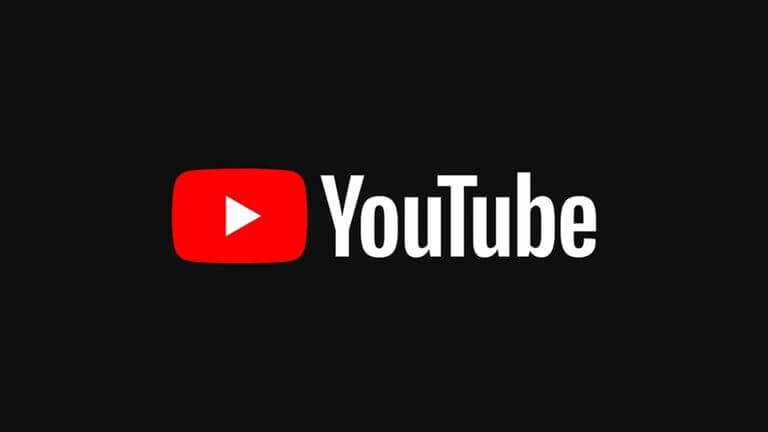The rise of artificial intelligence (AI) has ushered in a new era of content creation, and YouTube has become a primary battleground for this technological shift. While AI offers creators unprecedented opportunities for efficiency and innovation, it has also led to a surge in low-quality, AI-generated content, often dubbed "AI slop". This digital deluge, characterized by bizarre narratives, surreal visuals, and questionable value, is raising concerns about the platform's integrity and the viewing experience.
One of the most noticeable impacts of AI on YouTube is the emergence of channels dedicated solely to AI-generated content. These channels, some boasting millions of subscribers, churn out videos at an astonishing rate, featuring everything from cat soap operas and space-bound babies to undead celebrities. These videos often fall into the category of "AI slop" – content that is mass-produced, low-quality, and often unsettling. Examples include bizarre narratives like a baby crawling into a pre-launch space rocket or melodramas featuring human-like cats engaged in strange scenarios.
The proliferation of AI slop raises several concerns. For viewers, it can lead to a degraded viewing experience, with search results and recommendations increasingly filled with nonsensical or unoriginal content. For content creators, it creates a more competitive landscape, where it becomes harder to stand out amidst the flood of AI-generated videos. For YouTube itself, the rise of AI slop threatens the platform's reputation and could potentially alienate both viewers and advertisers.
YouTube has taken steps to address the issue of AI slop, primarily by updating its monetization policies. The platform has clarified that it will demonetize "inauthentic" content, including mass-produced or repetitive videos often created using AI. This policy aims to target AI-generated content farms that churn out videos with minimal human effort. YouTube's updated policy is designed to tackle the growing number of low-effort AI-generated channels that are spamming the platform with tons of videos that all feel the same. By demonetizing this type of content, YouTube hopes to disincentivize its creation and promote more original and valuable content.
However, YouTube has also emphasized that it is not against AI in content creation. The platform recognizes the potential of AI to enhance creativity and efficiency, and it has even rolled out its own AI-powered tools for creators. These tools include features like auto-dubbing, AI-generated backgrounds, and AI-powered inspiration for video ideas. The key, according to YouTube, is that AI should be used to augment human creativity, not replace it. Content that adds originality, voice, or creativity is still allowed.
To ensure transparency, YouTube requires creators to disclose when they've created altered or synthetic content that is realistic, including using AI tools. This disclosure helps viewers understand that the content they're seeing may not be entirely authentic. YouTube informs viewers through new labels when content contains altered or synthetic material, with more prominent labels for sensitive topics.
The future of AI on YouTube remains uncertain, but several trends are emerging. AI tools will continue to evolve, offering more advanced features and enabling creators to produce higher-quality content more efficiently. AI-generated music, art, and narratives will likely see increased use. YouTube will need to address concerns around AI-generated content, such as disclosure requirements and copyright issues. AI-generated videos will create new opportunities for targeted advertising and sponsored content.
Ultimately, the success of AI on YouTube will depend on striking a balance between innovation and responsibility. While AI offers immense potential for creativity and efficiency, it's crucial to ensure that the platform remains a place for authentic, engaging, and valuable content. By promoting transparency, enforcing quality standards, and fostering human creativity, YouTube can harness the power of AI while safeguarding the integrity of its platform.

















